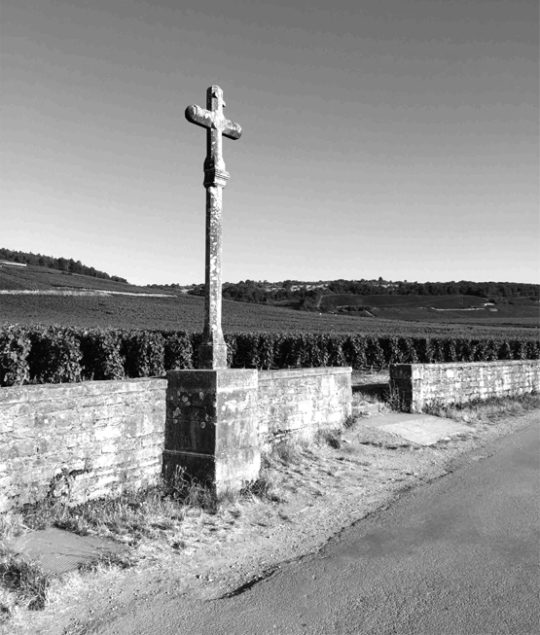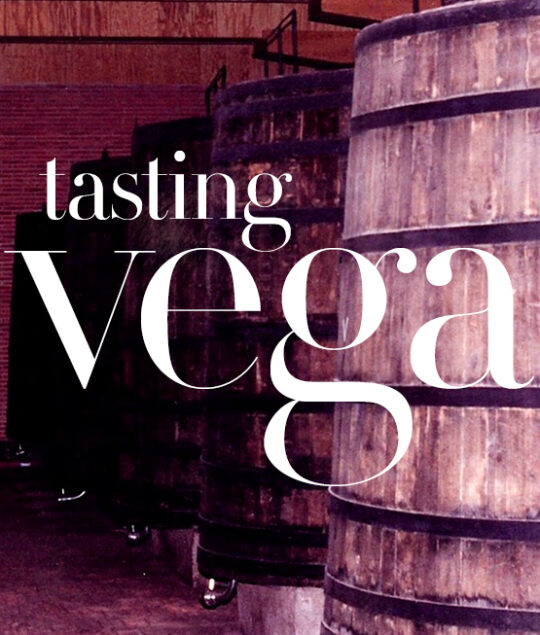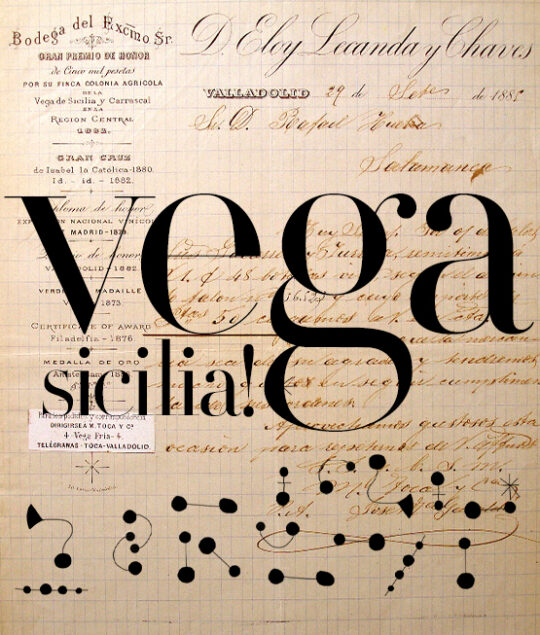

By Julie Carpentier
In the heart of a terroir which has remained unchanged for many centuries, in the legendary Burgundy vineyards of Côtes de Beaune and Côtes de Nuits, the 25.5 hectares that make up the Domaine de la Romanée-Conti produce only great vintage wines: Romanée-Conti, Échézeaux, Grands-Échézeaux, Romanée-Saint-Vivant, La Tâche, Richebourg, Montrachet… the reputation of such names is associated with a legendary and magical aura, enhanced by the simplicity and discretion of the area.
The prestigious heritage is endorsed by a multi-secular history and a philosophy centred on the respect of the soils and their balance, the “climat”. This privileged Burgundian geographical specificity, natural and living ecosystem, is a heritage which is both precious and fragile. The preservation of the balance and the maintaining of the dynamics through the faithful, meticulous and patient ancestral practices of the winemakers guarantee sustainability. To trace the origin of these legendary wines is to go back almost a thousand years, and to consider the evolution of the history of Burgundy viticulture, initially closely linked to the expansion of the monastic orders, Cluny and Cîteaux. Through donations, exchanges and purchases, the monks acquired land, cleared it and planted vines for the needs of monastic life. They cultivated and developed the vineyards, studying the soils, the sunshine, the quality of the land, its location, and were the first to understand the extraordinary diversity of the terroirs, which are at the origin of the delimitation of the different climats.
Around 1650 the vineyard appeared under the name of “La Romanée”…
The first vines of the actual Domaine de la Romanée-Conti were planted after the bequests by the Duchy of Burgundy between the XIIth and XIIIth centuries, of various lands from Vosne, to the Benedictines of the Priory of Saint-Vivant de Vergy, which depended on the Cluny Abbey. With the annexation of Burgundy to the crown of France at the end of the XVth century, the Church now had to pay taxes. A net property statement was made of the Priory of Saint-Vivant for the first time in 1512. The area of the vineyards, known under the name of “Le Cloux de Saint Viven” was made up of 4 “cloux” (an enclosure of four lots surrounded by walls and located side by side): Cloux des Neuf Journaux, Cloux du Moytan, Cloux des Quatre Journaux and Cloux des Cinq Journaux, the “ journal” being an agrarian unit of measurement of area. In 1584 the Prior of Saint-Vivant signed, with the notable Claude Cousin, a perpetual lease on the plot of Cloux des Cinq Journaux. The Croonembourg family subsequently became its owner by inheritance. Around 1650 the vineyard appeared under the name of “La Romanée”. In 1760, it was sold to Louis François de Bourbon, Prince de Conti, first cousin of Louis XV, enlightened wine lover, lavish benefactor and art collector. The growing reputation of the wines of the Côte, the improvement of their conservation and ageing thanks to the invention and the use of bottles of a dark colour meant an increase in prices, but the value of La Romanée was already much higher than that of other vineyards. The entire production was intended for the exclusive use of the Prince for his weekly dinners and the vintage became all the more prestigious due to not being available on the market and only accessible to the Prince’s inner circle. In the course of the Revolution, the vineyards of the greatest vintages were confiscated, the plantations sold to Parisian speculators and the upper middle class of Dijon in order to avoid fragmentation. This was the case with the Saint-Vivant de Vergy vineyard for the La Romanée Saint-Vivant plot, which still belonged to the Benedictines. The area belonging to the Prince de Conti was put up for sale under the name of “Romanée-Conti”.
Duvault-Blochet, Chambon, Gaudin de Villaine, Leroy…
The vineyard ultimately became the property of Jules Ouvrard, Napoleon’s banker, who also acquired Clos de Vougeot and the Château de Gilly where he settled. After his death, the vineyard was put up for auction in 1869 and was bought by Jacques-Marie Duvault-Blochet, wine merchant and General Councillor of the Côte d’Or, renowned for his work in oenology and already owner in Richebourg, Échézeaux and at Grands-Échézeaux. In 1912, his heirs Jacques Chambon and Marie-Dominique Gaudin de Villaine, as well as her husband, Edmond Gaudin de Villaine, who took over the management, registered the trademark “Domaine de la Romanée-Conti”. They set up the qualitative bases recognized today. They acquired the historic surface of La Tâche in 1933 and established a monopoly by adding it to the parcels of Les Gaudichots. A new chapter began in 1942 when Jacques Chambon sold his shares to Henri Leroy, wine merchant and family friend. The Estate was then transformed into the “Société civile du Domaine de la Romanée-Conti” in order to preserve its unity. It became the joint property of the Villaine and Leroy families. With the acquisition in 1988 of Romanée-Saint-Vivant, the Domaine now owns practically the same land as the Prieuré de Saint-Vivant 11 centuries ago. Today it is co-managed by Aubert de Villaine and Perrine Fenal.


